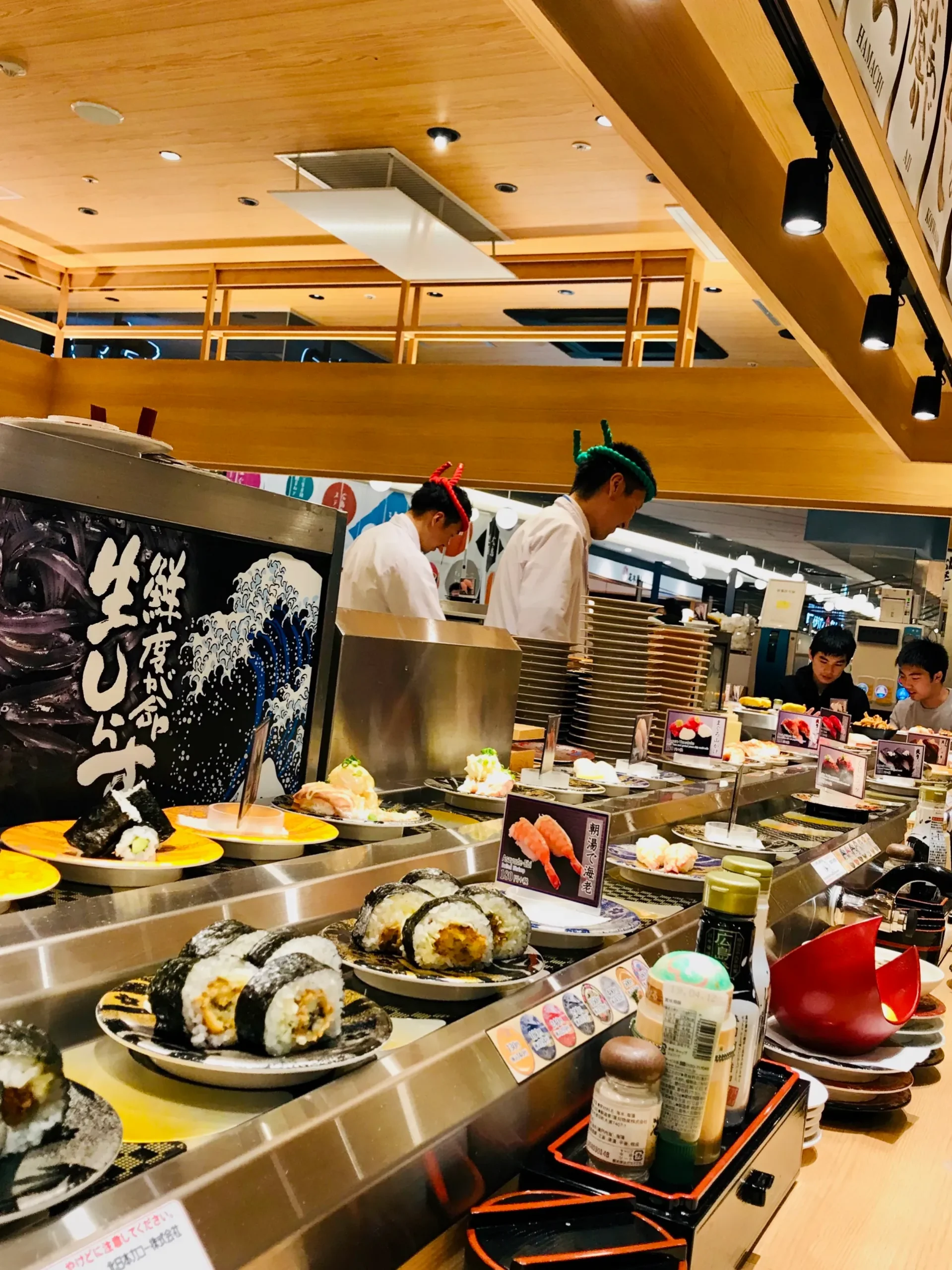Blog
A Conflicted Carnivore’s Kobe Experience

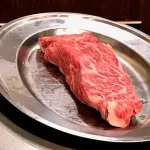
A Conflicted Carnivore’s Kobe Experience
November 25, 2018
Much of the world has heard of Kobe beef, derived from the prized breed of black cattle, or Wagyu, in the Hyogo prefecture. Kobe is the capital city of Hyogo. Roughly ten years ago, it was the hottest food trend in the US. Revered for its mesh-like marbling and buttery mouthfeel, Kobe beef was once the most coveted option on a NYC restaurant menu. Though, odds are it was likely a sham as the USDA only began importing authentic Kobe beef in limited quantities in 2012. So, here I was, three days into my stay in Kobe, conflicted about whether to try it.
Kobe beef can only be called such if the cattle have 100% pure breed blood lines. This is highly regulated in Japan. Contrary to popular belief, nature, not nurture, determines most of the favorable characteristics of the meat. This breed simply has a genetic predisposition to wide intramuscular fat distribution which provides the highly desirable texture and flavor. Filet mignon seems tough next to Kobe beef.
I enjoy meat. The thought of a well-portioned, perfectly cooked cut with a caramelized salt crust triggers a Pavlovian response. I also love animals. To me, they are all cute – sheep, cows, pigs, etc. Yes, I think piggies are cute. From safari in the Serengeti to driving the ring road in Iceland, I’ve seen more animals up close and personal this year than in the past forty-one years. In the Faroe Islands, there are 1.4 sheep for every human. They were everywhere, roaming freely alongside the cows and horses.
Over the past decade, I’ve become increasingly health-conscious, prioritizing a balanced diet of mostly plants and fish with limited meat and sugar combined with regular exercise. As I’m sure you’re aware, genetics play a strong role in risk of disease with lifestyle being a strong management tool. My South Indian genes happen to pose a triple threat – hypertension, high cholesterol and diabetes. Thanks, mom and dad for that special gift!
Not surprisingly, I had a slightly elevated LDL-C (low density lipoprotein cholesterol), the “bad cholesterol” that correlates to a higher risk of coronary heart disease leading to heart attack, stroke or worse. Being Indian, I have this intrinsic need to get an A on every test, so I immediately developed a plan to normalize it. That plan, fully endorsed by my doctor, included a major reduction in meat consumption in addition to continued strict limitations on processed carbohydrates and sugar, both of which are major contributors to heart disease.
In 2007, shortly after the start of the Kobe craze, Barry Estabrook of Gourmet magazine published a provocative piece detailing his observations from visits to Japanese Wagyu cattle farms. Recalling his accounts of how the animals were treated added to my reticence. Though, according to the Ministry of Agriculture, the standards are high for Wagyu farms. Interestingly, since the article was published, I’ve yet to find similar writings. I don’t doubt its validity at all. I do wonder if that sample represents the majority because, in general, quality and cleanliness are of utmost importance in Japanese culture.
So, back to my difficult decision. Animals should be treated humanely. I believe we need to drastically reduce and improve the quality of our meat consumption both for our health and for the environment. Despite this, a gap between my intellectual self and emotional self exists. It’s that gap often delays or prevents our decision-making when we know what’s right but our habits and memories push us in a different direction. It’s just hard to break up with the things we enjoy.
I decided to try Kobe beef on my last day. While there was no dearth of restaurants from which to choose, I researched a few blogs to find the right one. It was about twenty minutes away by train. I made the trip only to get on the wrong train, have to turn around and redirect. I finally arrived at the restaurant an hour later only to find a sign that said “Sorry, we’re closed today.” Of course you are, I thought. At this point, I was beyond hungry, borderline hangry. It was almost dinnertime. I ended up back in central Kobe, an area stacked with steakhouses on every block. I randomly selected one that appeared legit. It was filled with Japanese people with a sprinkling of foreigners. That’s usually a good sign. I opted for the A5 grade sirloin cut. The marbling was as beautiful and uniform as expected. The preparation took minutes, teppanyaki-style, on a hot steel plate that ran along the entire dining counter. As an aside, what we call “hibachi” is a misnomer. The correct term is teppanyaki as hibachi refers to small portable BBQ grills, like the kind you might see in a Korean BBQ restaurant. The steak was prepared in front of me and accompanied by a salad, stir-fried vegetables, rice, fried garlic chips and a mild garlic sauce. All in, the meal cost me $70, including a glass of sake. That’s about what you might spend at a good NYC steakhouse.
The verdict: I was underwhelmed. I anticipated that out-of-body experience so often described. Suddenly, everything around you no longer exists as you savor the remarkable meat in your mouth. That never happened. There wasn’t a distinct flavor to the meat. It was pleasant but mild. The texture was incredibly soft, only requiring two to three chews before completely dissolving in my mouth. I think that was the disappointing part. For me, meat should be tender but have a chew and a distinct flavor. What I enjoy most about steak is the combination of the crisp, browned outer layer from the sear, the slight chew to the meat from the intermingling of fat and the depth of flavor. Instead, this steak melted in my mouth within a matter of seconds. I may be in the minority here but it was just not for me.
Food is personal. In deciding whether I enjoy a dish, I need to understand its roots, method of preparation and the context in which it’s served. Taste is secondary to this but an equally important factor. Our memories and experiences almost always play a role in our judgement. With two weeks left of my journey, I look forward to more culinary experiences in Japan and have no doubt that they will further shape the way I live and eat.
Discover more from diannajacob.com
Subscribe to get the latest posts sent to your email.
Recent News

About Dianna
May 29, 2024

On Being Single and Child-Free
July 31, 2022
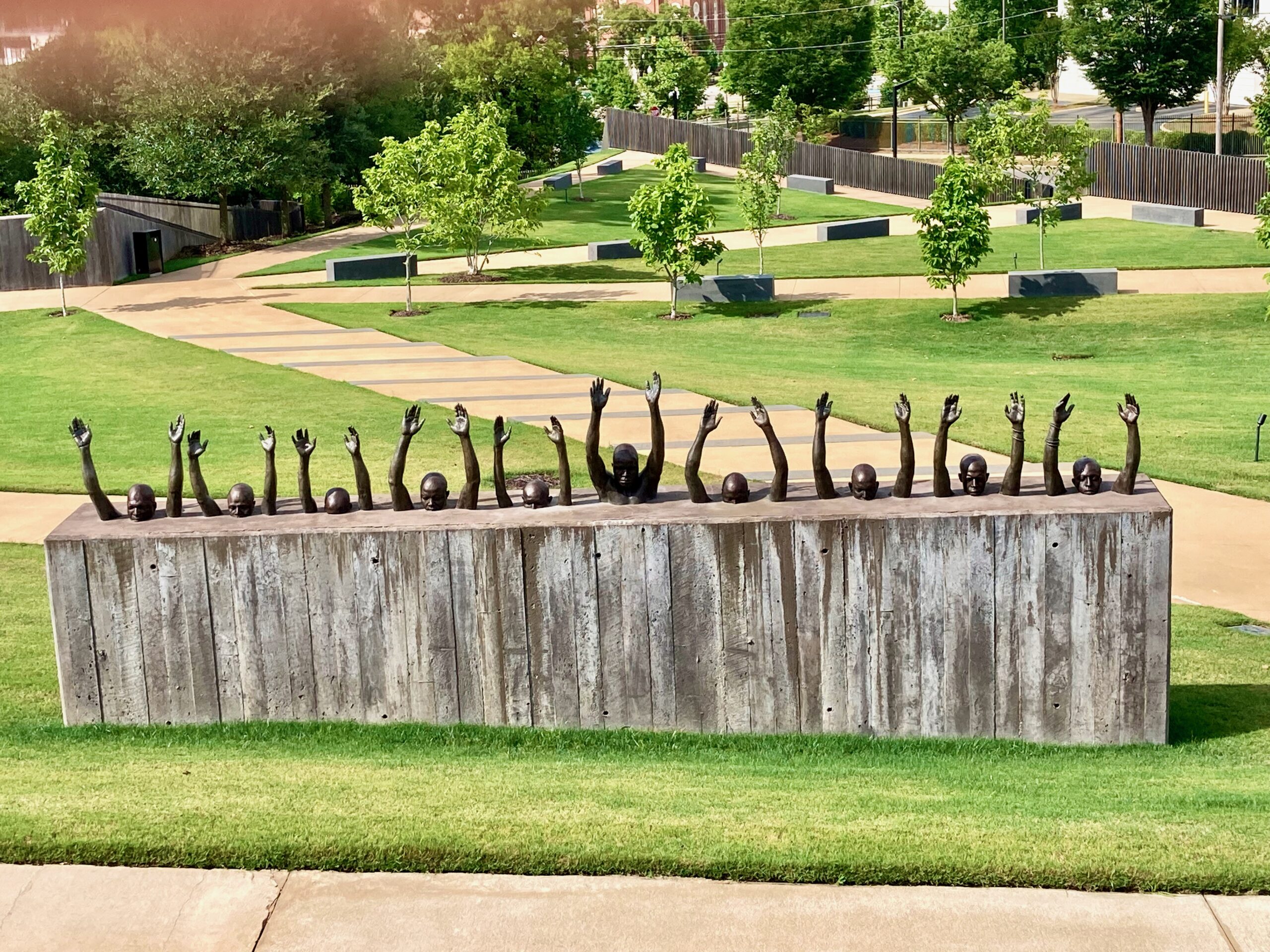
Relearning American History: A Self-Guided Tour of the South
July 7, 2021

Racism: A Global Pandemic
June 8, 2020
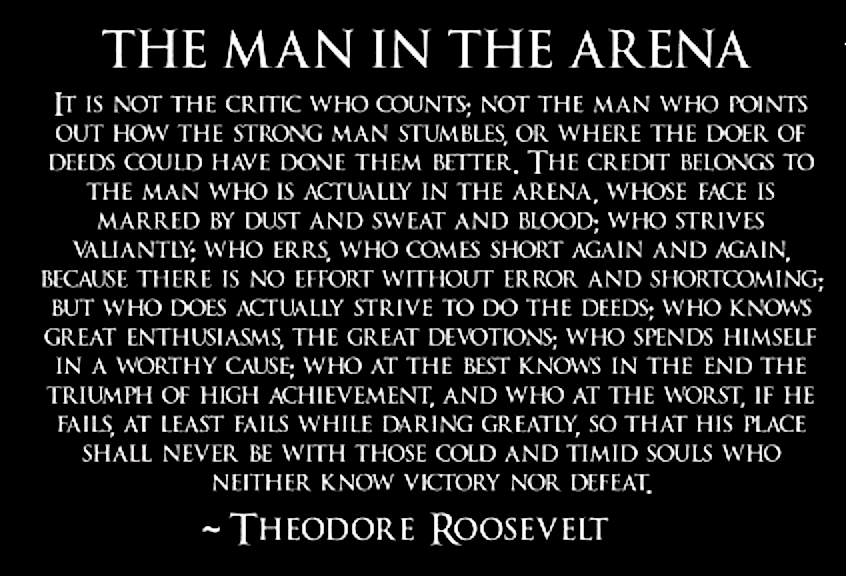
Daring Greatly
August 23, 2019
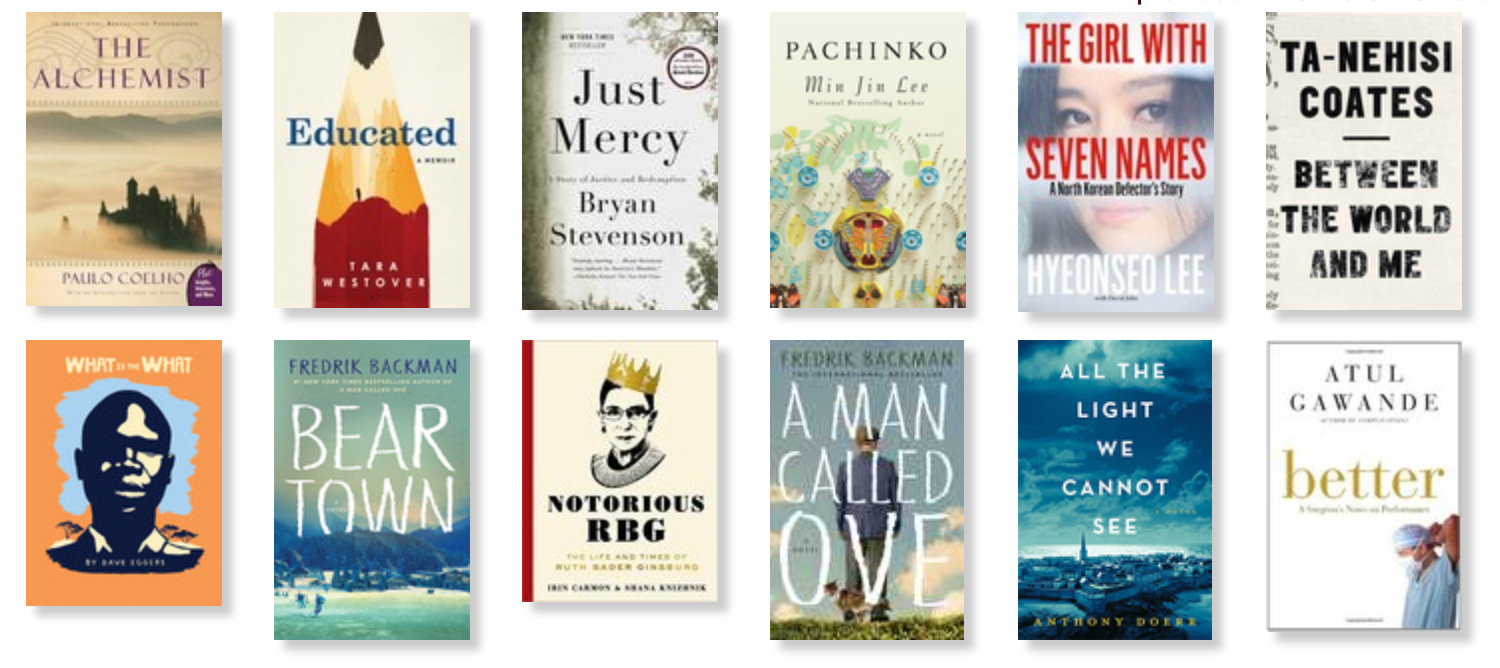
Becoming a Better Me
January 10, 2019
